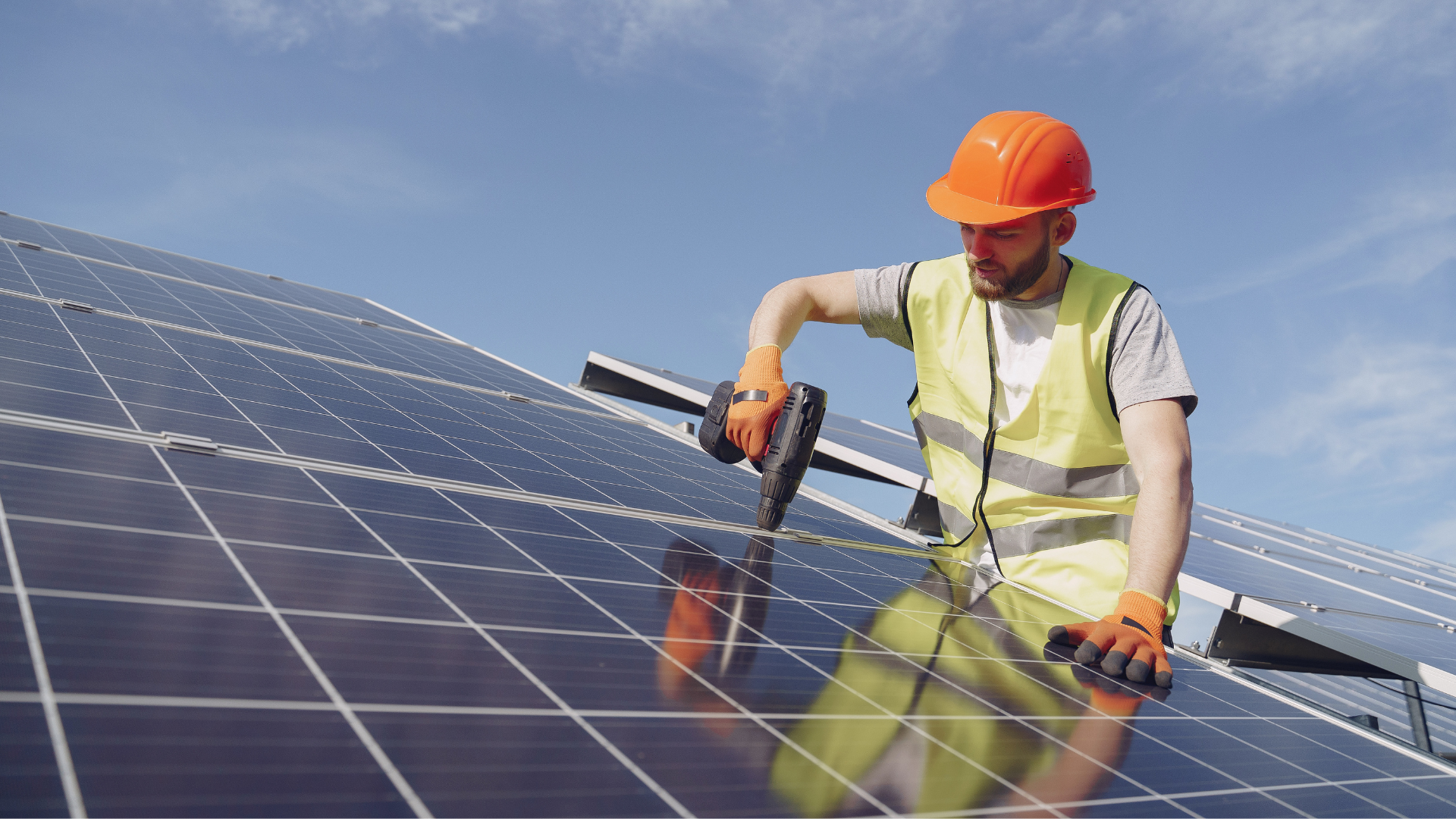Flexible Photovoltaic Panels
Flexible photovoltaic panels are thin film solar panels that can be bent, and compared to traditional rigid solar panels, they can be better adapted to curved surfaces, such as on roofs, walls, car roofs and other irregular surfaces. The main materials used in flexible photovoltaic panels are polymers, such as polyester and polyurethane.
The advantages of flexible PV panels are that they are lightweight and easy to transport and carry. In addition, flexible PV panels can be cut into different shapes and sizes to fit different curved surfaces. However, the cell conversion efficiency of flexible PV panels tends to be lower than that of rigid solar panels, and their durability and wind resistance are also relatively low, resulting in a shorter service life.
Rigid PV panels
Rigid PV panels are solar panels made of rigid materials, mainly made of silicon, glass, and aluminum. Rigid photovoltaic panels are sturdy and suitable for use on fixed surfaces such as the ground and flat roofs, with stable power output and high efficiency.
The advantages of rigid PV panels are their excellent cell conversion efficiency and long service life. The disadvantage lies in its weight and material fragility, special requirements for the surface, and can not adapt to the curved surface.
Differences
Flexible photovoltaic panels:
1. Material: Flexible photovoltaic panels use flexible substrate materials such as polymer film, polyester film, etc.. These materials have good flexibility and bending properties, making the photovoltaic panel can bend and adapt to irregular surfaces.
2. Thickness: Flexible PV panels are generally thin, usually between a few hundred microns and a few millimeters. They are thinner, more flexible and lighter in weight compared to rigid PV panels.
3. Installation: Flexible photovoltaic panels can be installed by sticking, winding and hanging. They are suitable for irregular surfaces such as building facades, car roofs, canvas, etc. They can also be used on wearables and mobile electronic devices.
4. Adaptability: Due to the bending properties of flexible PV panels, they can adapt to a variety of curved surfaces and complex shapes with a high degree of adaptability. However, flexible PV panels are generally not suitable for large-area flat installations.
5. Efficiency: The conversion efficiency of flexible PV panels is usually somewhat lower than that of rigid PV panels. This is due to the characteristics of the flexible material and the limitations of the manufacturing process. However, with the development of technology, the efficiency of flexible PV panels is gradually improving.
Rigid PV panels:
1. Materials: Rigid PV panels usually use rigid materials such as glass and aluminum alloy as the substrate. These materials have high stiffness and stability, so that the photovoltaic panel has better structural strength and wind pressure resistance.
2. Thickness: Rigid PV panels are thicker compared to flexible PV panels, typically ranging from a few millimeters to several centimeters.
3. Installation: Rigid PV panels are usually mounted on flat surfaces by bolts or other fixings and are suitable for building roofs, ground mounting, etc. They require a flat surface for installation. They require a flat surface for installation.
4. Manufacturing costs: Rigid PV panels are less expensive to manufacture than flexible PV panels because the manufacturing and processing of rigid materials is relatively sophisticated and economical.
5. Efficiency: Rigid PV panels typically have high conversion efficiencies due to the use of highly efficient silicon-based solar cell technology and the properties of rigid materials.
Post time: Oct-27-2023





